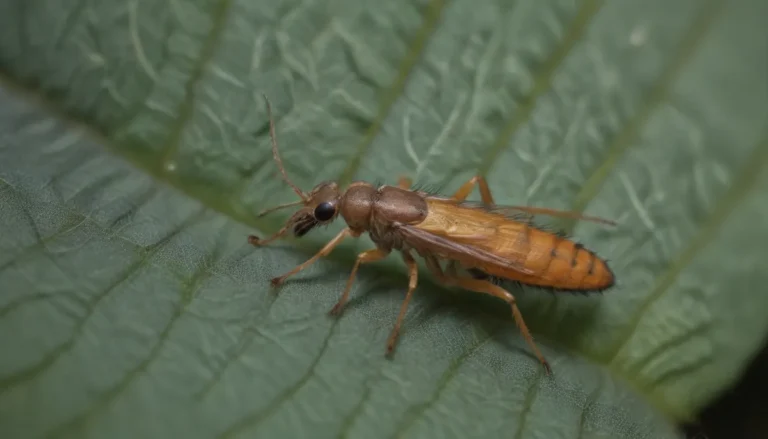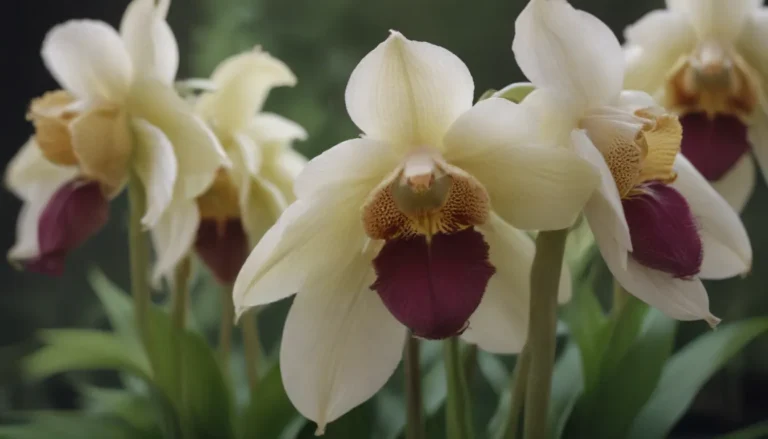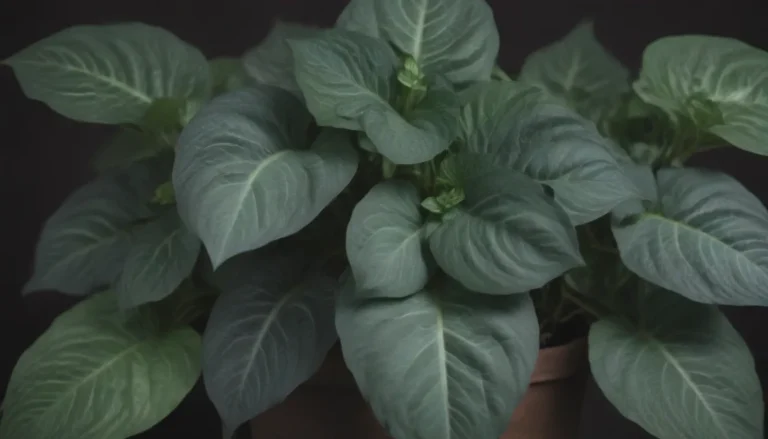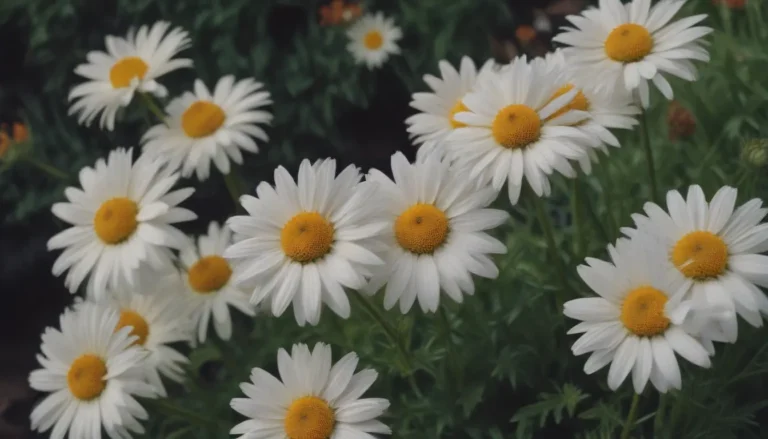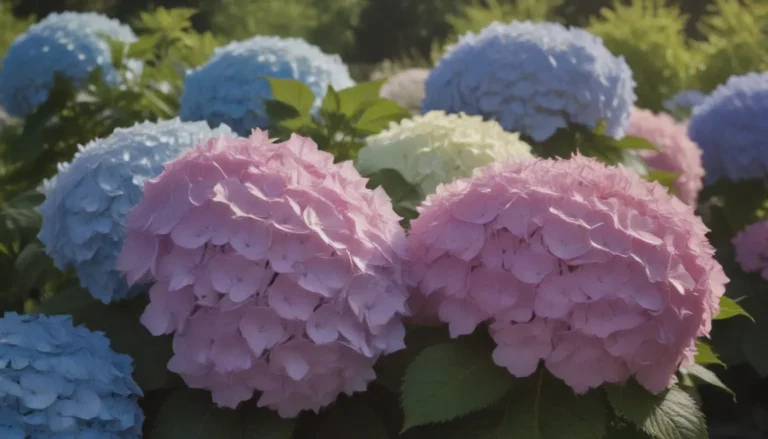The Ultimate Guide to Pilea Glauca Care: Your Complete Handbook for Growing a Thriving Tropical Houseplant
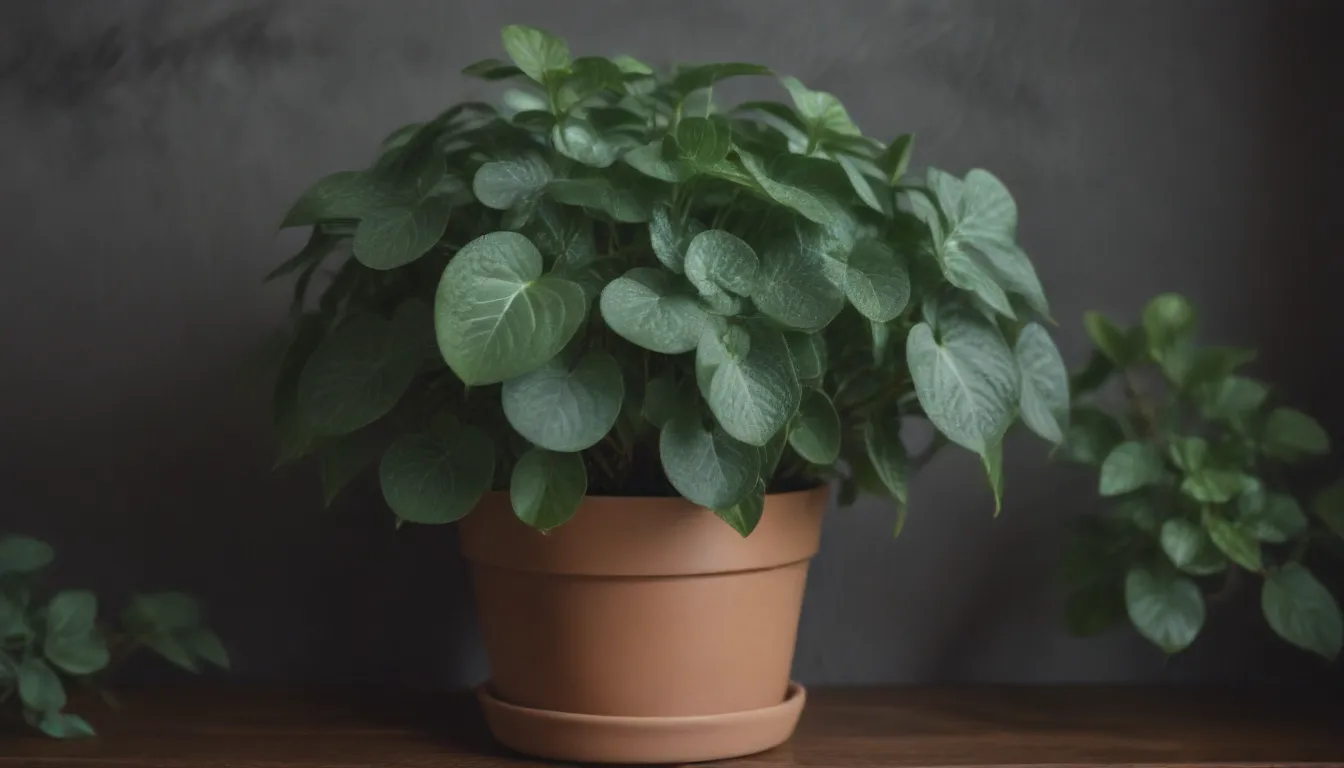
Are you looking to add a touch of tropical charm to your home? Pilea glauca, also known as silver sparkles plant, is the perfect choice for plant enthusiasts seeking an easy-to-care-for houseplant that thrives in temperate climates. With its tiny green leaves and silvery sheen, pilea glauca is sure to brighten up any room. In this comprehensive guide, we will walk you through everything you need to know to successfully care for your pilea glauca and help it thrive.
Getting to Know Pilea Glauca
Pilea glauca, a relative newcomer in the world of indoor plants, boasts a low, bushy growth habit that makes it an attractive addition to any indoor space. This tropical plant prefers well-drained soil, warm temperatures, and bright, indirect light to flourish. Let’s dive into the specifics of caring for your pilea glauca to ensure it remains healthy and vibrant.
Light: Where to Place Your Pilea Glauca
When it comes to light, pilea glauca thrives in bright, indirect light. Position your plant near an east-facing window or several feet away from a south- or west-facing window to provide it with the ideal lighting conditions. Be sure to avoid direct sunlight, as this can lead to leaf burn. To promote even growth, rotate your plant weekly to ensure all parts receive adequate light.
Soil: Choosing the Right Medium
Select a loose, well-draining soil mix that contains peat moss or coconut coir to help retain moisture. Consider using cactus or succulent soil to ensure proper drainage and prevent waterlogging, as overwatering poses a greater risk to pilea glauca than underwatering.
Water: Keeping Your Plant Hydrated
Water your pilea glauca when the top inch of soil has dried out, but be mindful not to let the soil completely dry between waterings. Ensure that water drains thoroughly from the pot’s drainage holes to prevent waterlogged soil. Check saucers and drip trays after watering to avoid water accumulation, which can be detrimental to your plant’s health.
Temperature and Humidity: Creating an Ideal Environment
Maintain warm temperatures ranging from 60 to 80 degrees to keep your pilea glauca thriving. Temperatures below 55 degrees can harm or even kill the plant, so it’s essential to provide a suitable climate. Aim for a humidity level of around 60 percent, especially if your space is particularly dry. Consider using a humidifier to increase moisture in the air and create a more favorable environment for your plant.
Fertilizer: Nourishing Your Pilea Glauca
Feed your pilea glauca with a balanced liquid houseplant fertilizer diluted to half strength approximately once a month during the growing season. Start fertilizing in late winter or early spring when new growth appears, and continue until fall. Avoid fertilizing in the colder months, as the plant’s growth slows down during this time.
Pruning: Maintaining the Shape of Your Plant
While regular pruning isn’t necessary for pilea glauca, you can trim back excess growth as needed to control its shape. Use clean, sharp shears or pruners to remove dead or damaged parts, but avoid removing more than 30 percent of the plant at once. Refrain from pruning during the colder months when the plant is less active.
Propagating Pilea Glauca: Multiplying Your Plant
Propagation of pilea glauca is simple using stem cuttings. While water propagation is an option, cuttings may rot before rooting successfully. For better results, propagate in soil during the plant’s active growing season. To propagate in soil, you’ll need a healthy mother plant, sterilized scissors or pruners, a small plant pot, fresh potting mix, a clear plastic bag, and water. Follow these steps for successful propagation.
Common Pests & Plant Diseases: Protecting Your Plant
Like other houseplants, pilea glauca is susceptible to insect pests such as aphids, scale, spider mites, and mealybugs. Keep an eye out for these pests and take action promptly to prevent infestations. Additionally, watch for signs of root rot, a fungal issue caused by overwatering, and adjust your watering practices accordingly.
Troubleshooting Common Problems with Pilea Glauca
Curling Leaves:
If you notice your plant’s leaves curling or becoming dry and crispy at the edges, it may be a sign of underwatering. Check the soil moisture and adjust your watering routine to ensure your plant receives adequate hydration.
Leaves Turning Yellow:
Yellowing leaves can indicate overwatering. If the soil is waterlogged, allow it to dry out before watering again. Consider repotting with a faster-draining soil mix or a terra cotta pot to help prevent excess moisture accumulation.
Stunted Growth:
Dull or unhealthy-looking plants with stunted growth may be receiving too much light. If accompanied by dry, brown spots on the leaves, move the plant further from the light source and increase watering slightly to promote recovery.
Pilea glauca, also known as pilea libanensis or silver sparkles plant, is a versatile tropical perennial that can be cared for like a succulent. By avoiding overwatering and providing proper lighting and soil conditions, you can enjoy a thriving pilea glauca in your home or office. Whether you’re a seasoned plant parent or a beginner looking to add greenery to your space, pilea glauca is a fantastic choice for an elegant and easy-to-maintain houseplant.
